Elon Musk announced this week that his company’s brain implant has allowed a person to move a computer mouse with their mind.
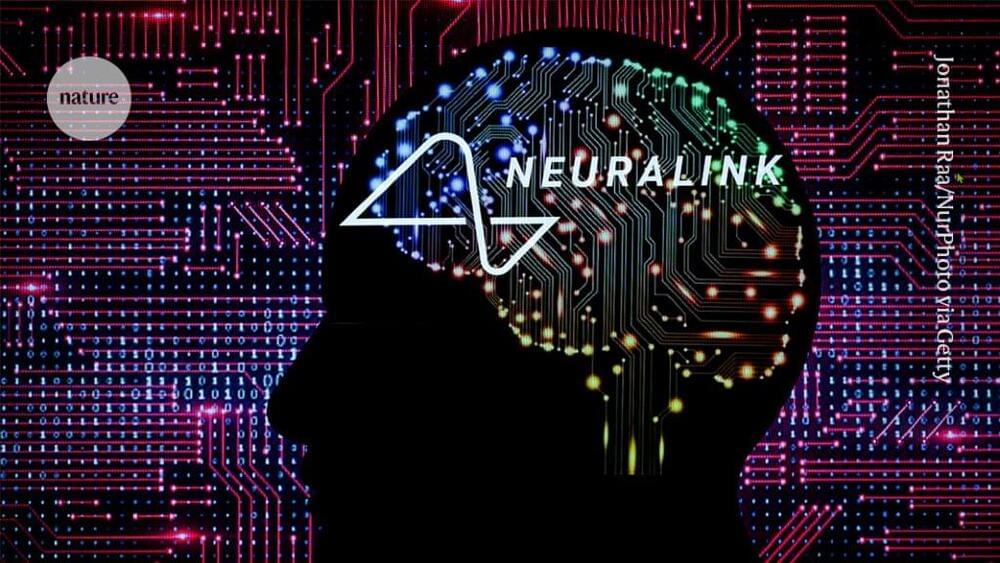

Neuralink’s first human patient able to use mouse…:
Elon Musk is the visionary behind Neuralink. He announced that the first human recipient of the company’s brain chip implant has fully recovered. The individual has demonstrated the ability to use a computer mouse solely through thoughts. Watch this video for all details.
#Neuralink #ElonMusk #WION
About Channel:
WION The World is One News examines global issues with in-depth analysis. We provide much more than the news of the day. Our aim is to empower people to explore their world. With our Global headquarters in New Delhi, we bring you news on the hour, by the hour. We deliver information that is not biased. We are journalists who are neutral to the core and non-partisan when it comes to world politics. People are tired of biased reportage and we stand for a globalized united world. So for us, the World is truly One.
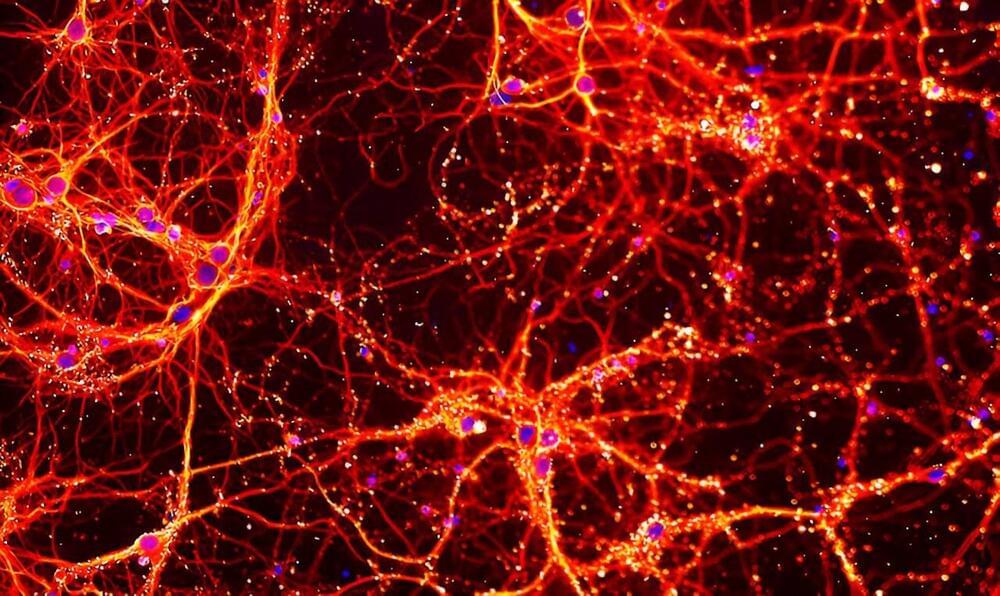
Researchers have unraveled how mutations in a gene can lead to an incurable neurodevelopmental disorder that causes abnormal brain development in newborns and infants.
The WEHI study is the first to prove that a protein called Trabid helps control neuronal development, and that mutations to this protein can lead to microcephaly —a condition where a baby’s brain is smaller than expected.
It’s hoped the milestone findings will provide a deeper understanding into the protein’s impact on healthy development and lead to treatments that can slow or stop the development of microcephaly and potentially other neurological disorders.
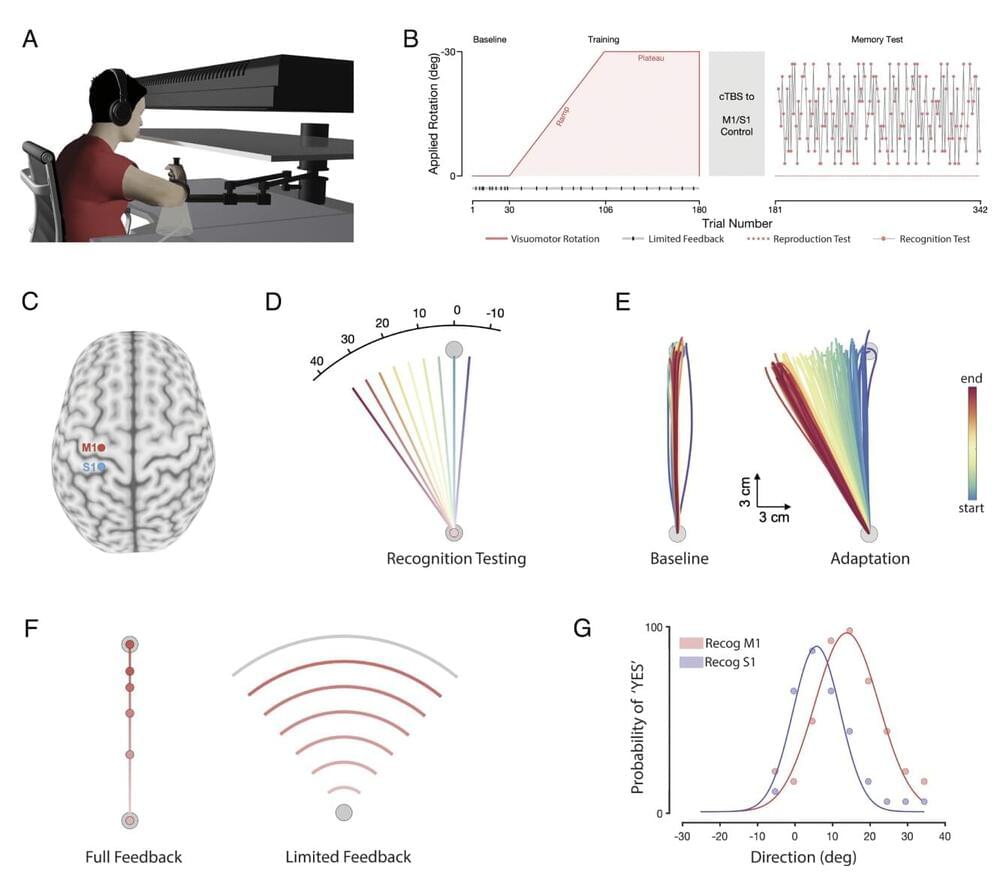
The somatosensory cortex is a brain region known to play a role in the detection of tactile information, changes in temperature, and pain sensations. Some recent studies found that this crucial brain region is also involved in the human ability to learn and retain new motor skills.
Despite initial findings hinting at the involvement of the somatosensory cortex in motor learning, the nature of its involvement remains poorly understood.
Researchers at University of Pittsburgh Brain Institute recently carried out a study aimed at better understanding the contributions of the somatosensory cortex to the learning and retention of new movements. Their findings, published in Proceedings of the National Academy of Sciences, suggest that the somatosensory cortex could be specifically responsible for encoding new sensory targets or, in other words, learning-adapted sensory states.
Taken from Consciousness Live! S3 Ep2: https://youtube.com/live/ljehy7-3TUQ?feature=share

In this first article in a series on philosophy and science, we take a look at materialism and why it is fundamental to science.
A short disclaimer before we read further: I’m a materialist. Materialism is a branch of philosophy to which the sciences, particularly the physical and life sciences, owe a lot. Materialism posits that the material world — matter — exists, and everything in the Universe, including consciousness, is made from or is a product of matter. An objective reality exists and we can understand it. Without materialism, physics, chemistry, and biology as we know it wouldn’t exist.
Another branch of philosophy, idealism, is in direct contradiction to materialism. Idealism states that, instead of matter, the mind and consciousness are fundamental to reality; that they are immaterial and therefore independent of the material world.
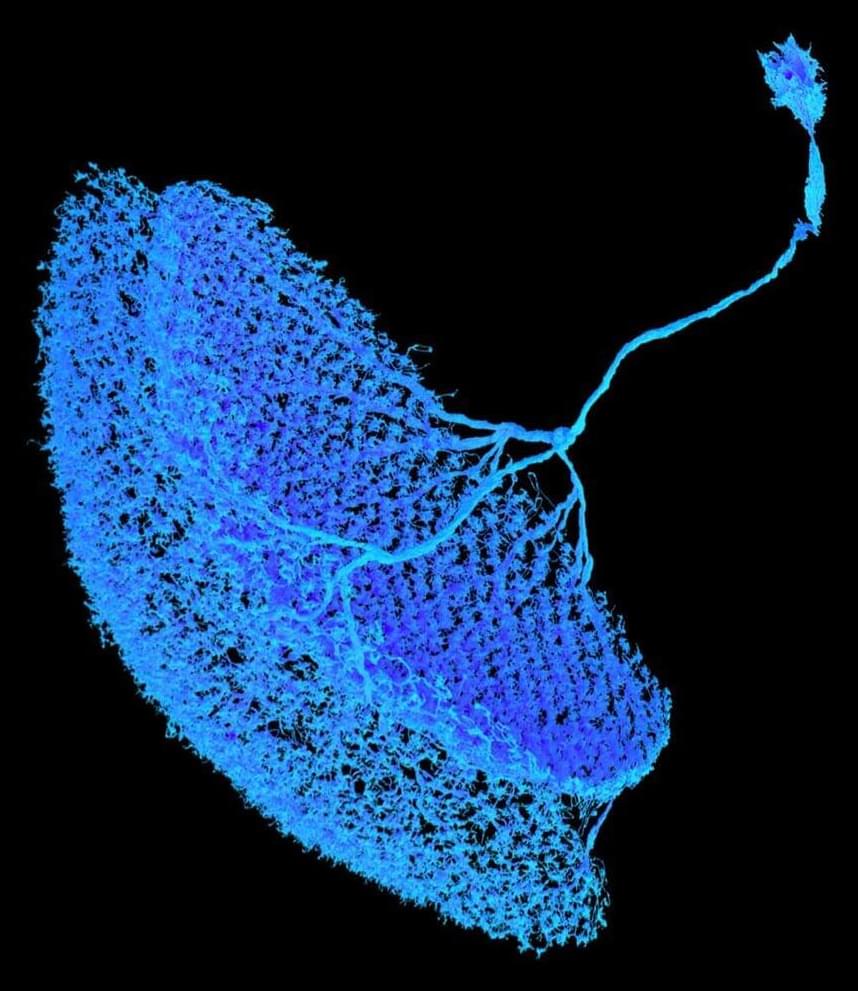
An orchestra of complex neuronal networks performs a symphonic masterpiece called vision – an exciting field for neurobiologists like Alexander Borst, director at the Max Planck Institute for Biological Intelligence. In his department’s latest study, the scientists found a microcircuit which inverts excitatory to inhibitory signals and is thus able to transform a single type of neuronal input for multiple purposes. The discovery of this microcircuit is an important puzzle piece for the better understanding of the visual process of the fruit flies Drosophila and ultimately of vision itself.
Vision is one of the most important senses in humans. Accordingly, a large part of the brain is dedicated to processing visual information. In order to compute visual information quickly and accurately, a multitude of neuronal networks must perform a complex interplay — which fruit flies can help us to understand. Surprisingly, besides the obvious differences between the eyes of humans and fruit flies, many parallels can be found in the way how their brains process visual information. Since the visual system of flies is very efficient but significantly less complex than ours, it’s not surprising that this is one of the best understood neuronal network in neuroscience.
In the flies’ visual system, a cascade of cells is responsible to transform light information into direction-specific signals. T4 cells, for example, respond to moving bright edges (ON-pathway), while T5 cells only respond to moving dark edges (OFF-pathway). Both, T4 and T5 cells, have four subtypes that are tuned to the four cardinal directions (front-to-back, back-to-front, upwards and downwards). This means that each neuron only reacts to a specific direction of visual motion, their so-called preferred direction, while showing little reaction when stimulated by a moving edge in other directions (= null direction).
According to a study published in the BMJ, a person’s chance of surviving cardiac arrest while receiving cardiopulmonary resuscitation (CPR) in a hospital is 22%, but that declines rapidly after only one minute to less than 1% after 39 minutes. The likelihood of leaving with no major brain damage is similar, declining from 15% after one minute of CPR to less than 1% after 32 minutes without a heartbeat.
Only around 25% of patients survive to hospital discharge after being admitted to the emergency department for cardiac arrest. This common catastrophic medical emergency with a high mortality rate is an important public health issue, affecting around 300,000 adults every year in America alone. Unfortunately, studies have shown that long resuscitation times are linked to lower odds of survival, but there are no specific recommendations on when to stop resuscitation.
This study was designed to measure the effects of CPR duration, using the largest cardiac dataset in the world, utilizing data from 348,996 adults with an average age of 67 years old who experienced an in-hospital cardiac arrest. CPR was defined as the interval between the start of compression and the first return of spontaneous circulation (ROSC) or the termination of resuscitation. The main measures of interest were survival to discharge and favorable function at discharge, defined as a brain performance score of 1 representing good cerebral performance, and 2 representing moderate cerebral disability on a 5-point scale.
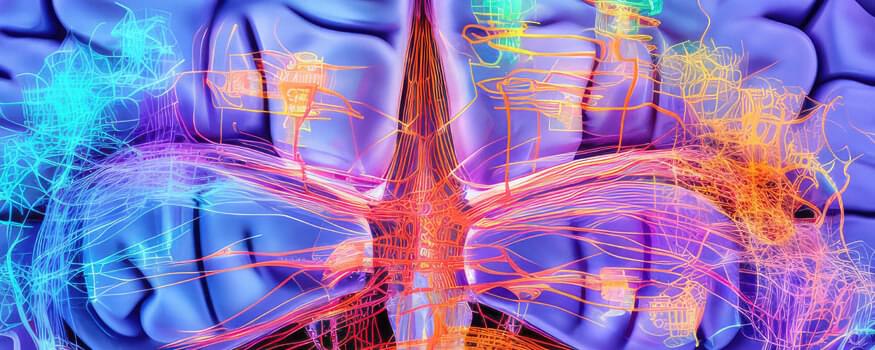
Contrary to popular perception, traumatic brain injury (TBI) is not the reserve of car accidents and punishing contact sports; it’s surprisingly common. Up to 50 million new cases of traumatic brain injury are registered each year worldwide. Notably, 80% of TBI occurs in low-to middle-income countries, and it is also the leading cause of death and disability in young adults. Overall, the global economic burden of TBI is estimated at 400 billion USD.
Minimising the devastating effects of TBI doesn’t rely solely on reducing the risk of an injury; it’s also essential to improve treatment after one has happened. For that, physiological real-time monitoring of vital signals is critical. One inventor has made it his mission to create devices that can do this accurately, easily, anywhere, and what’s more, they are also non-invasive.
Professor Arminas Ragauskas is a founder and director of the Health Telematics Science Institute at Kaunas University of Technology in Lithuania, which develops innovative industrial and physiological measurement and process monitoring technologies. He is particularly known for his work on non-invasive intracranial pressure and cerebral blood flow autoregulation measurement devices. He was also the national coordinator of the CENTER-TBI project, funded by the European Commission and the EU industry, with a budget of 40 million EUR, and focused European efforts to advance the care of patients with traumatic brain injury.
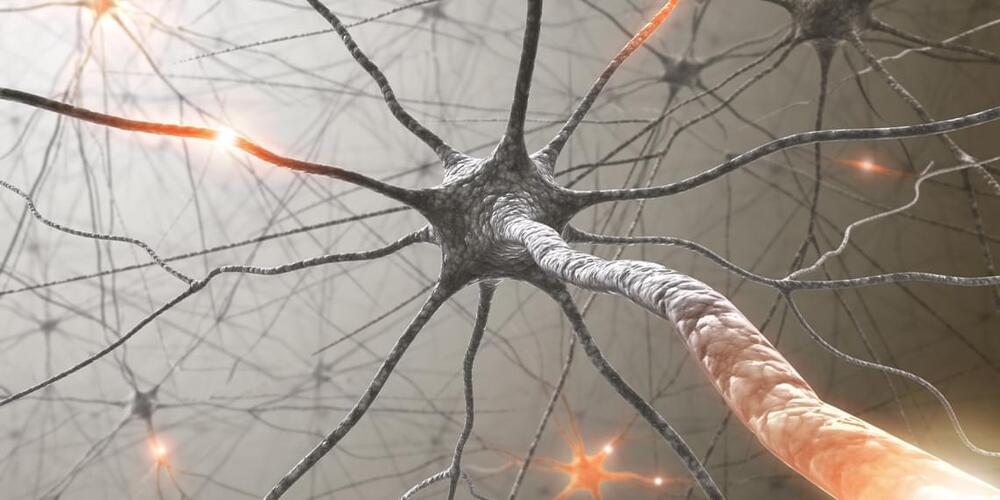
Have you ever imagined listening to the brain’s activity as it unfolds in real-time? Researchers from Columbia University have pioneered a technique that transforms complex neuroimaging data into a captivating audiovisual experience, akin to watching a movie with a musical soundtrack. This novel approach allows scientists to ‘see’ and ‘hear’ the brain’s intricate workings, offering fresh insights into its behavior during various tasks.
The details of their work have been published in the journal PLOS One.
The motivation behind this study stems from a growing challenge in neuroscience: the vast amount of data generated by advanced brain imaging techniques. Technologies like functional magnetic resonance imaging (fMRI) and wide-field optical mapping (WFOM) capture the dynamic, multi-dimensional activities of the brain, revealing patterns of neurons firing and blood flow changes.